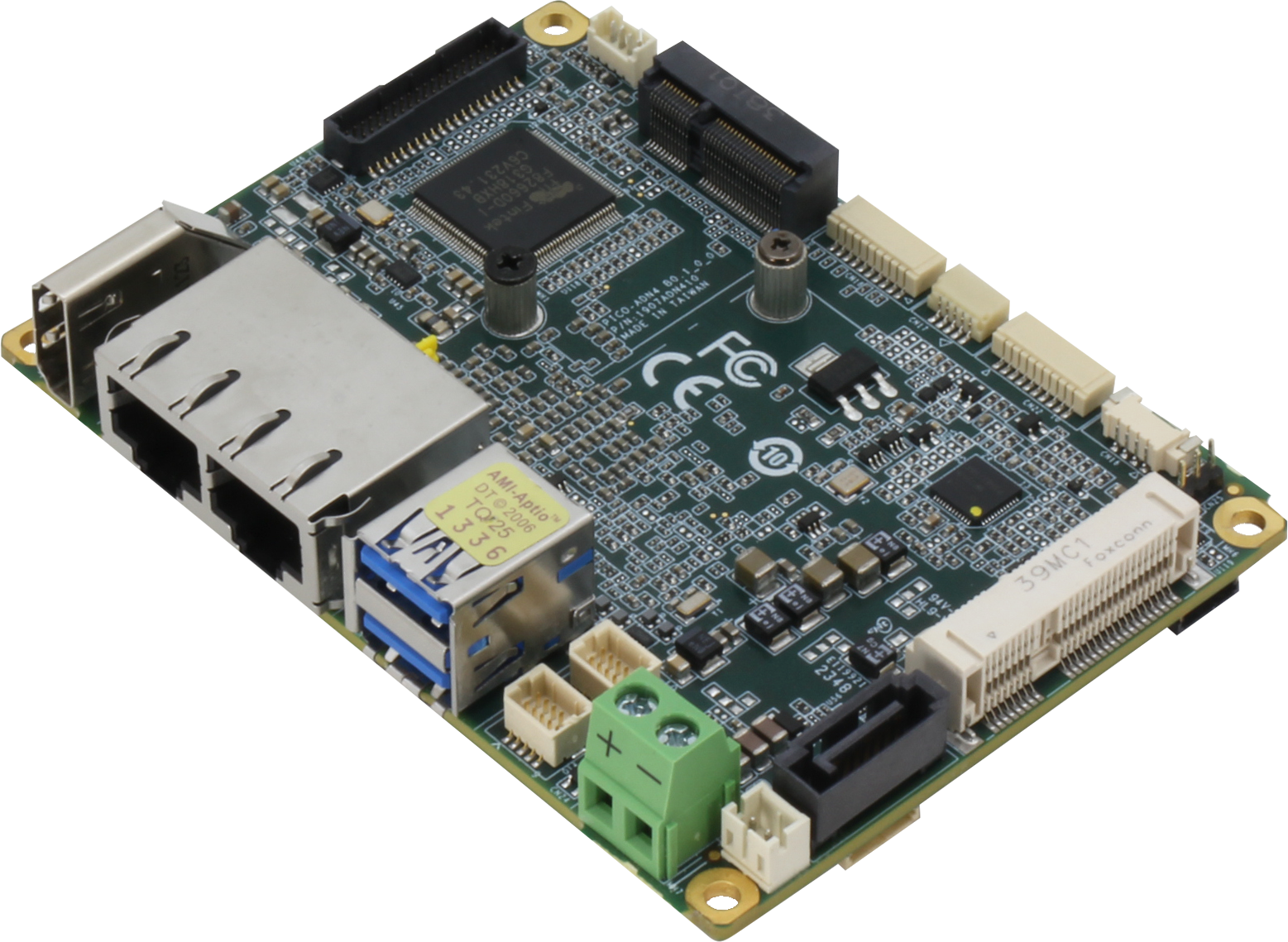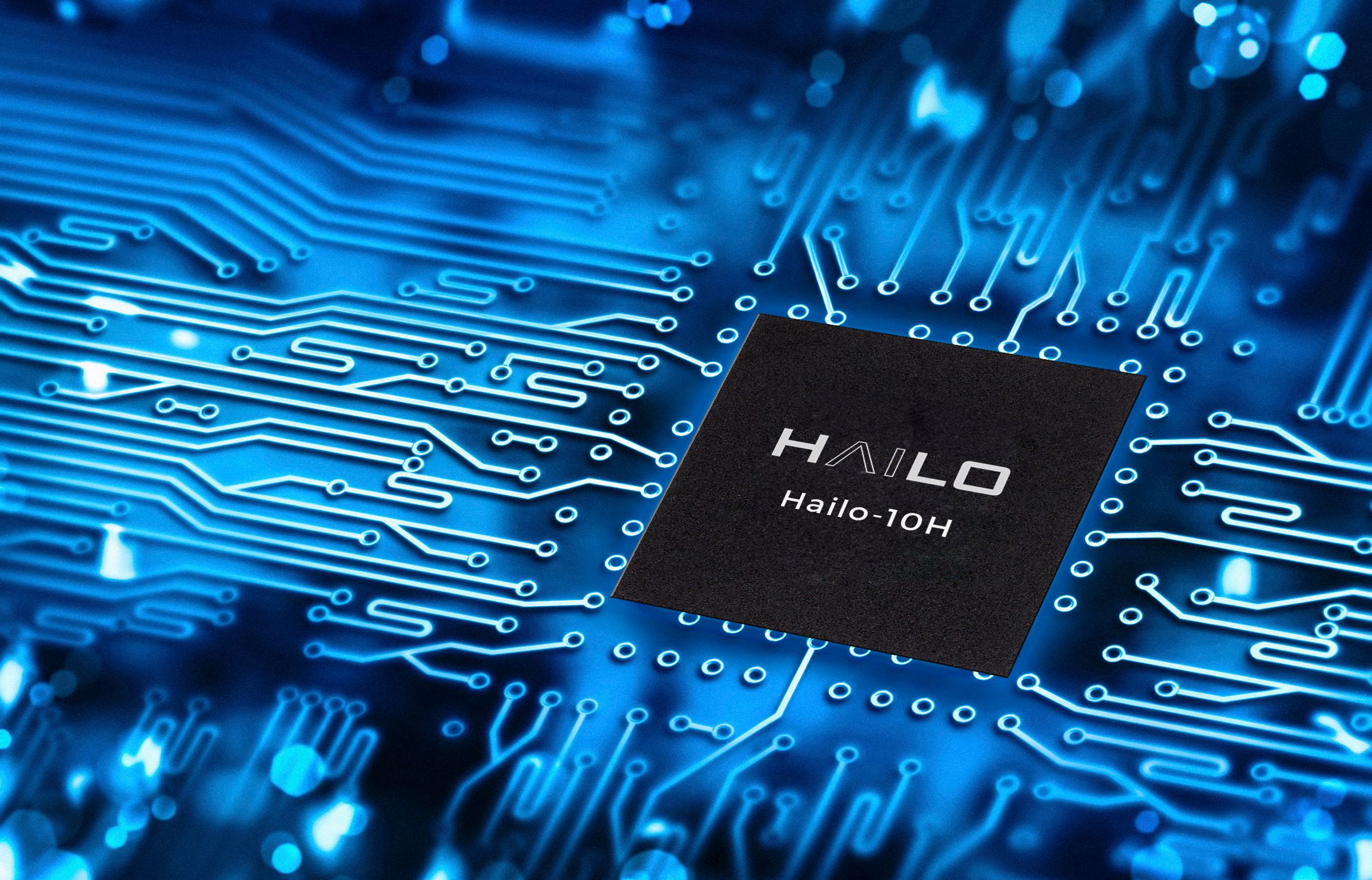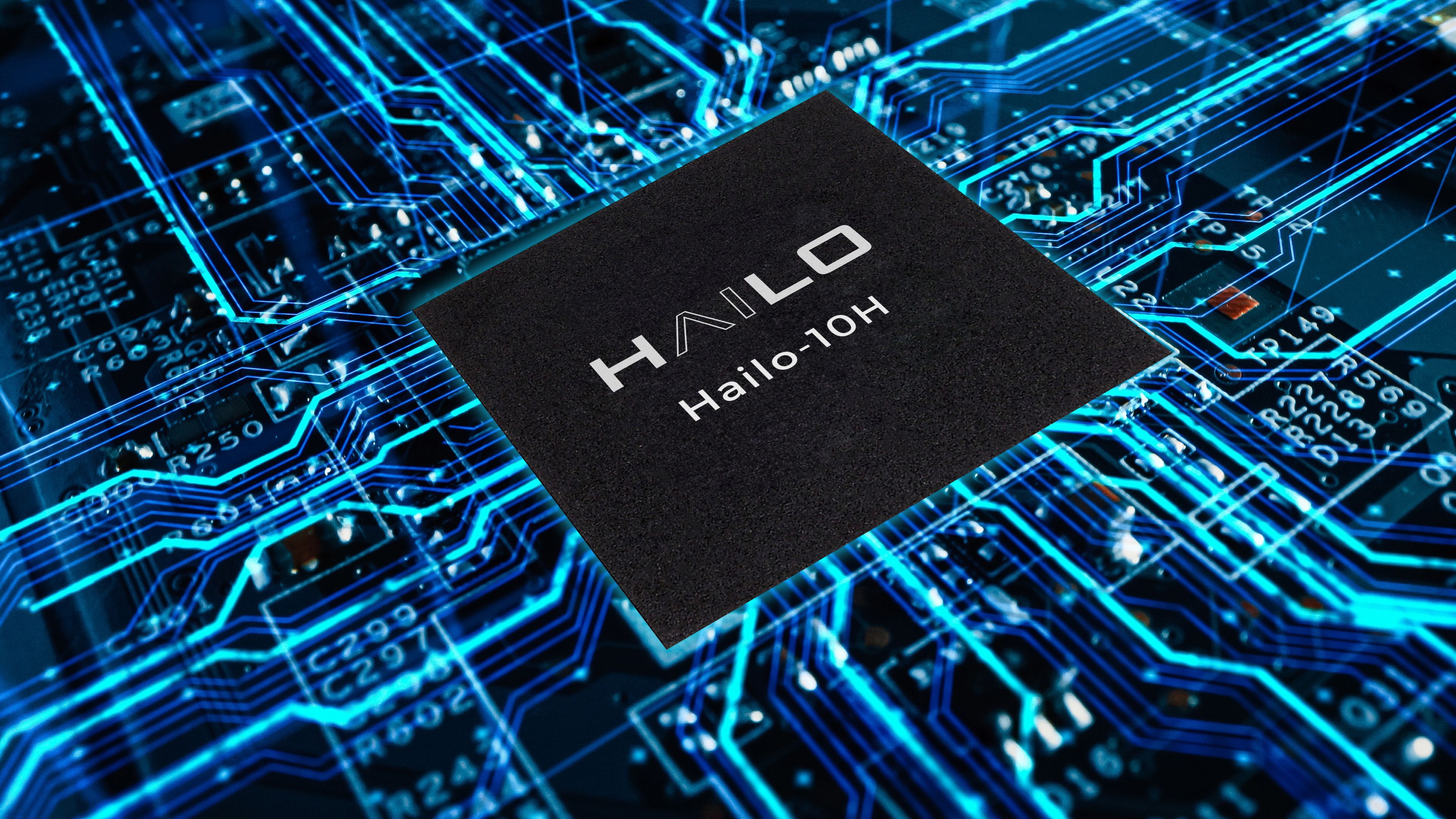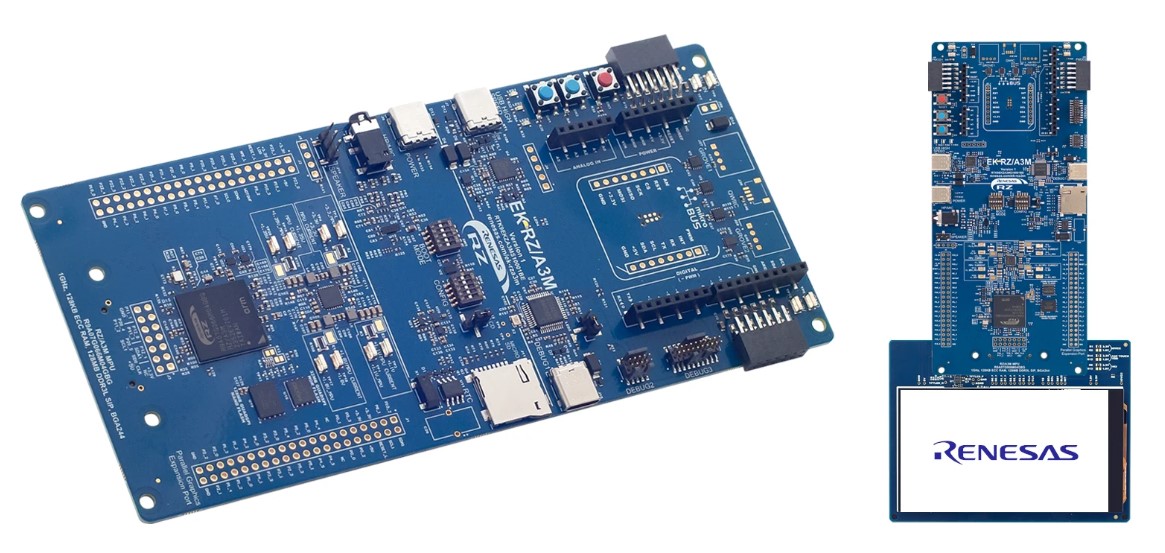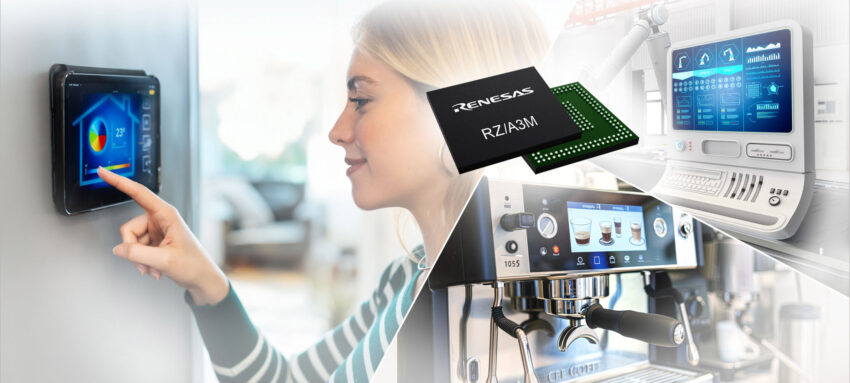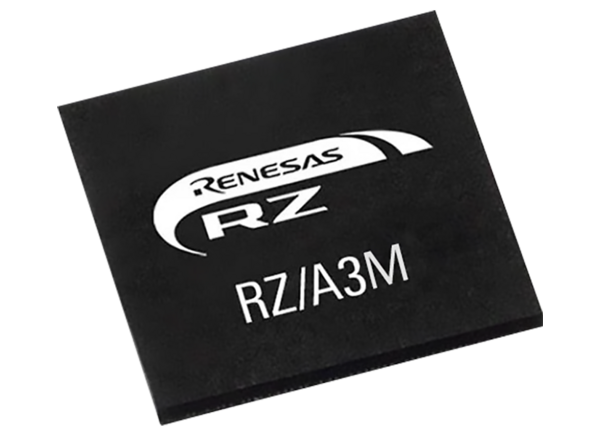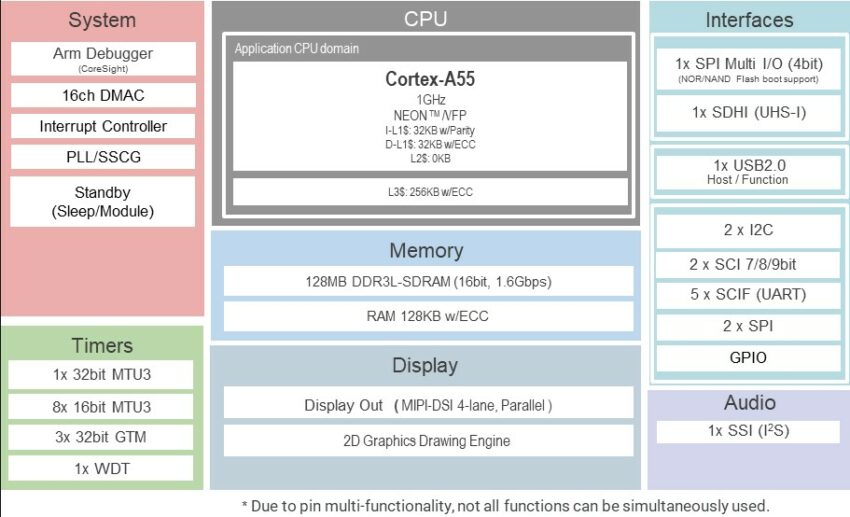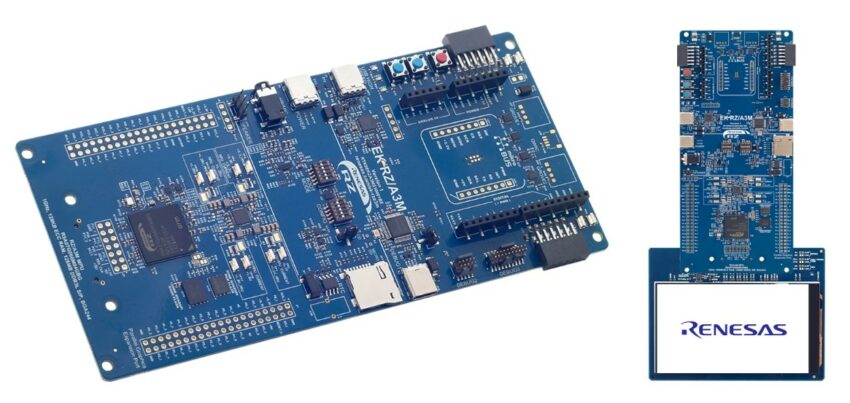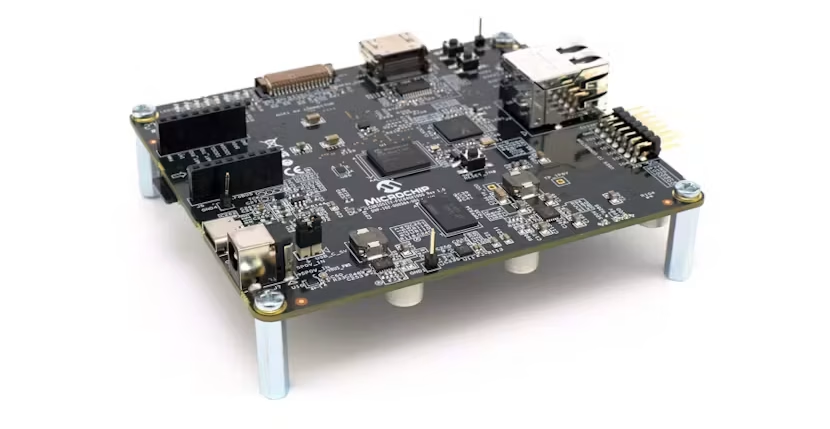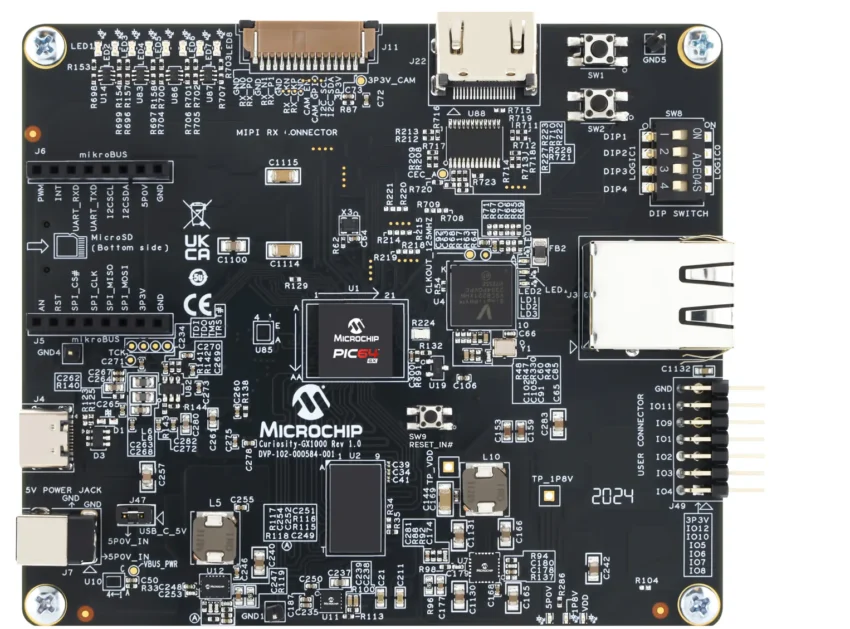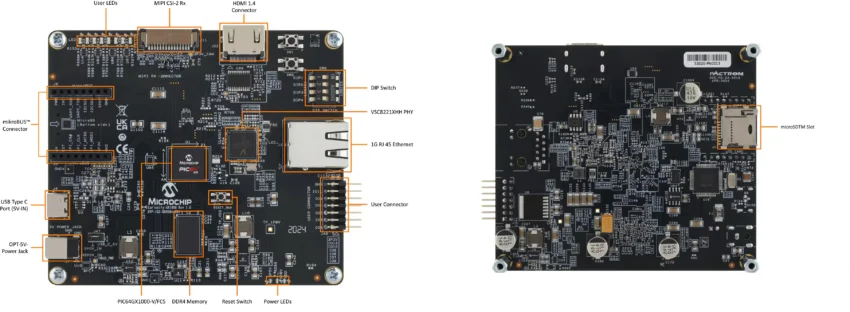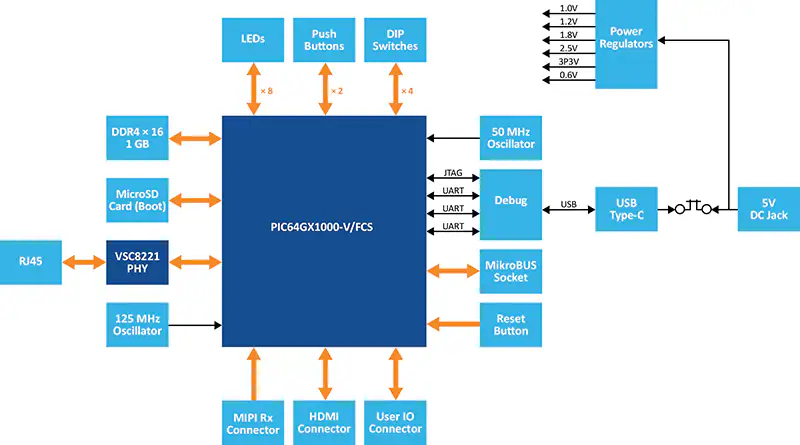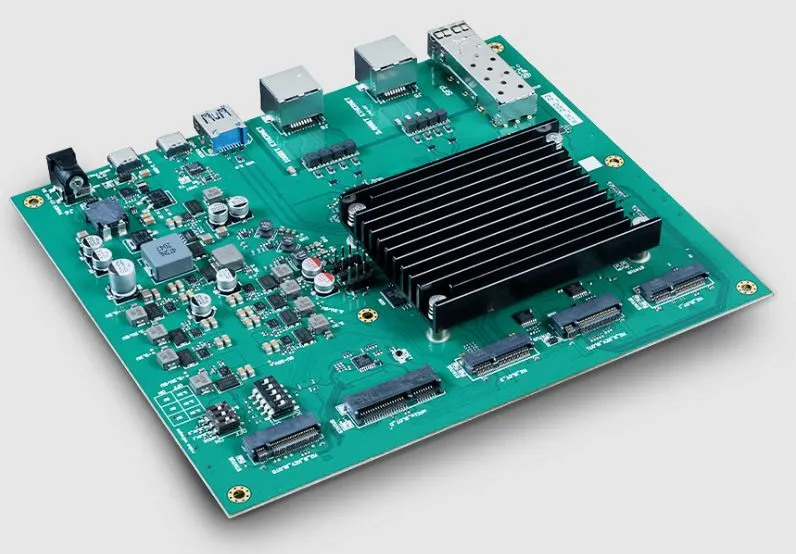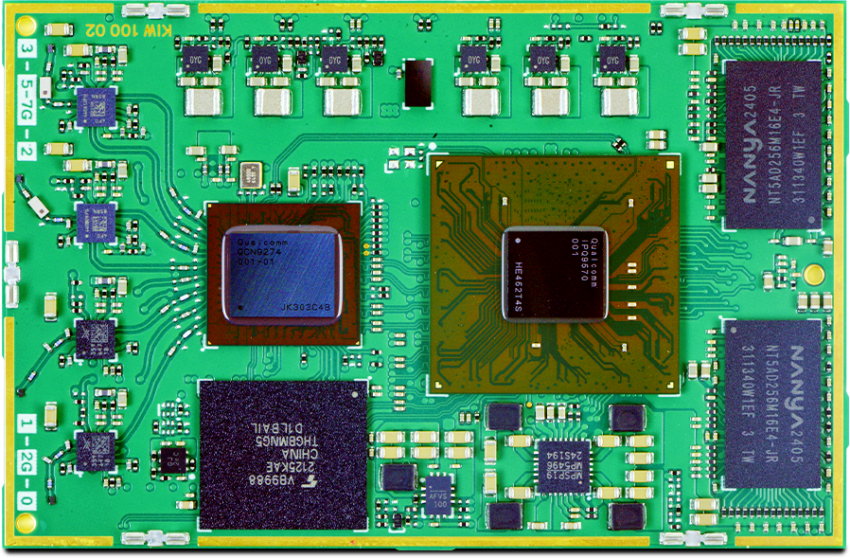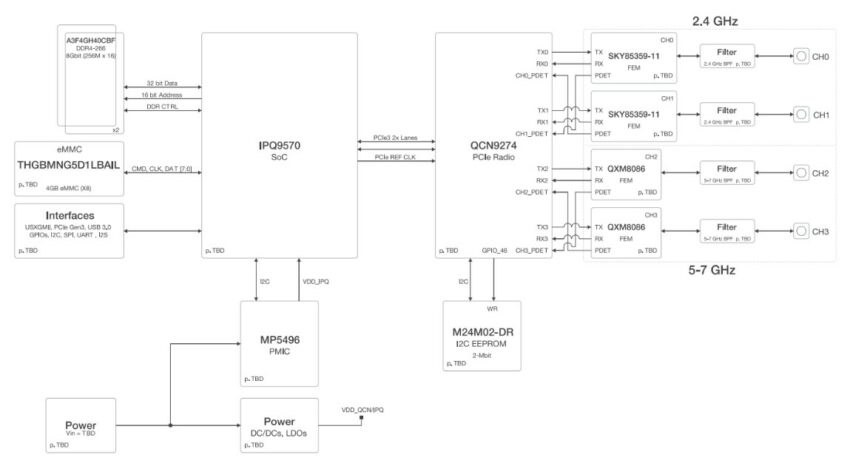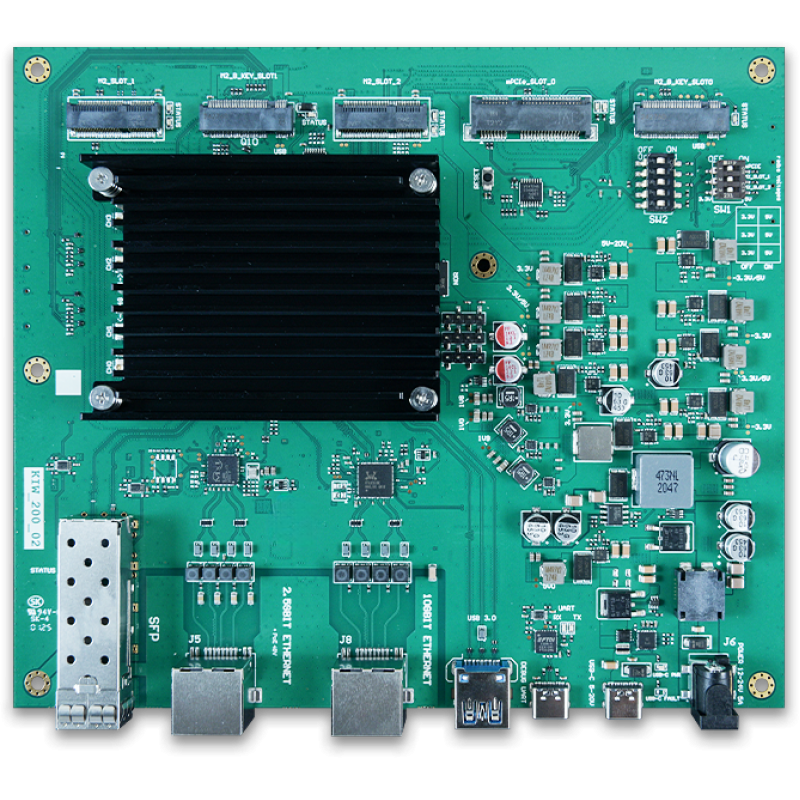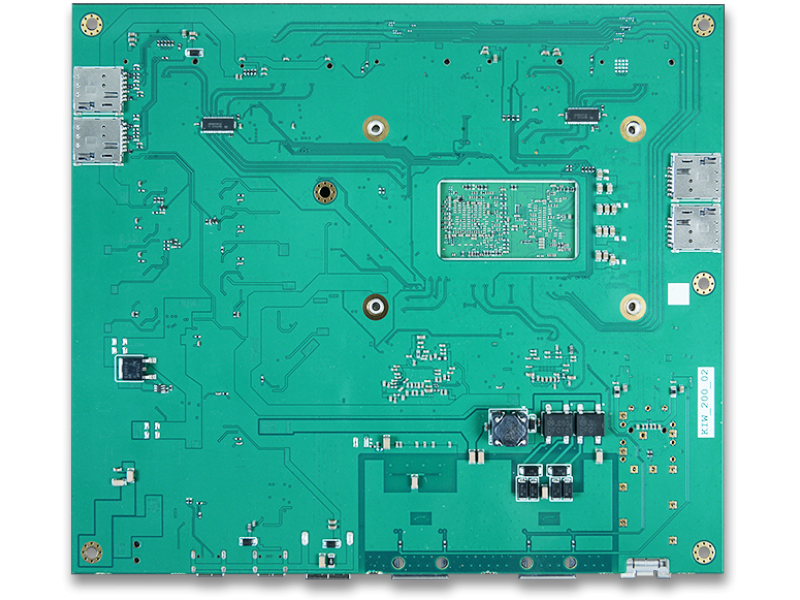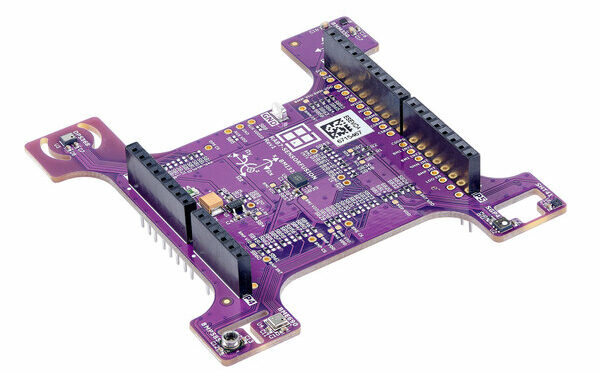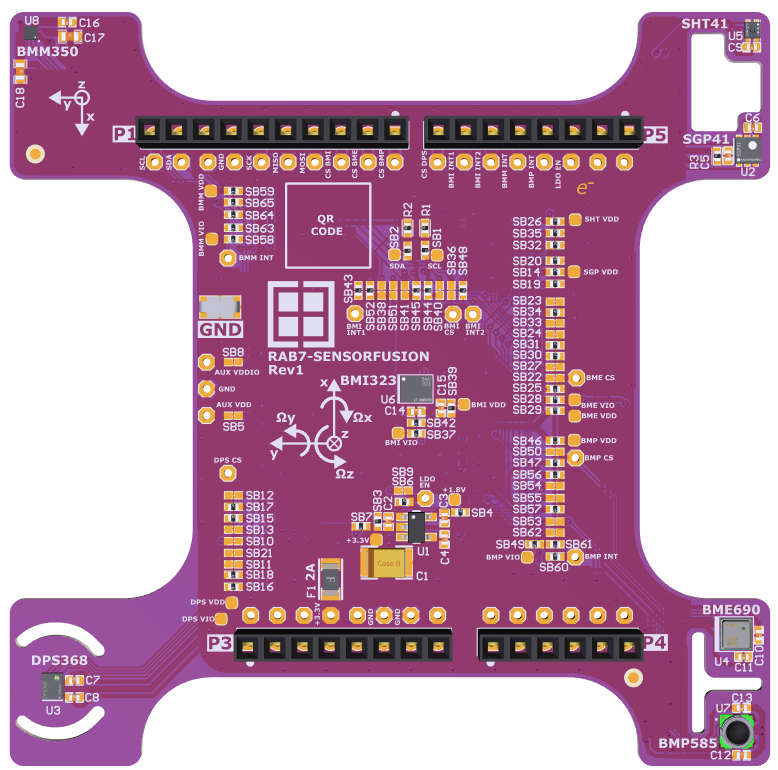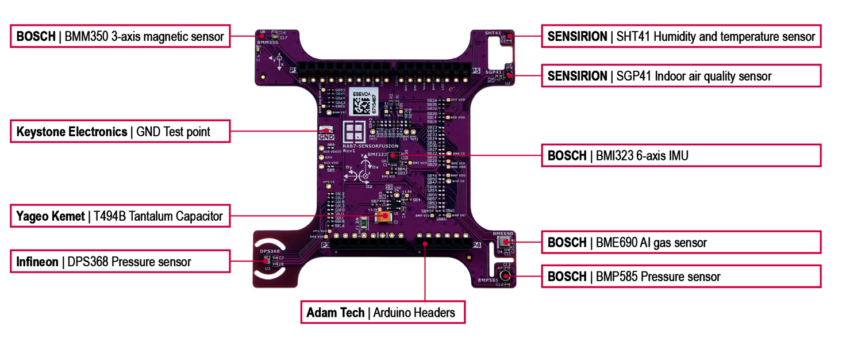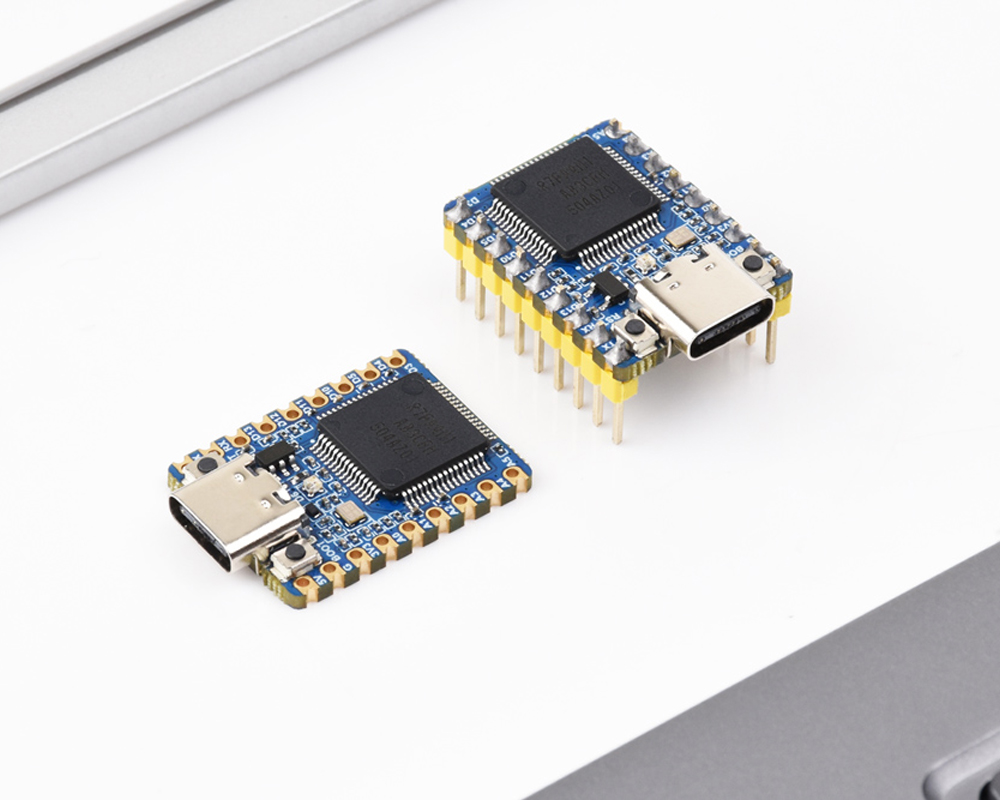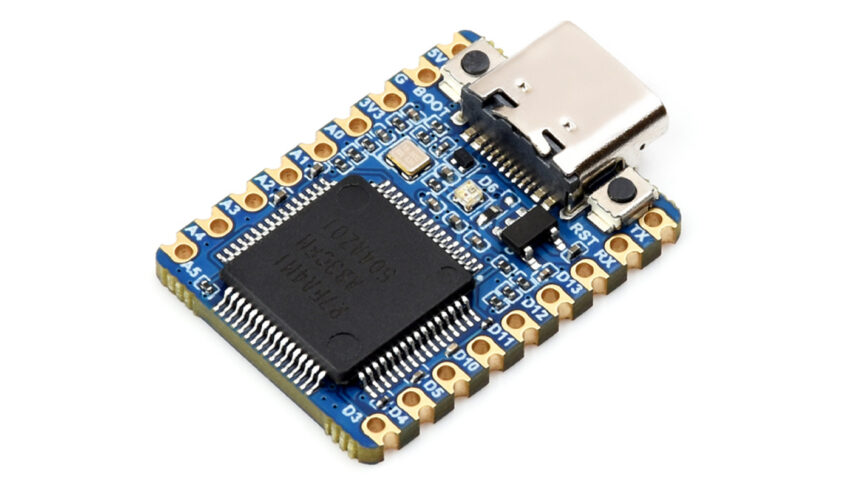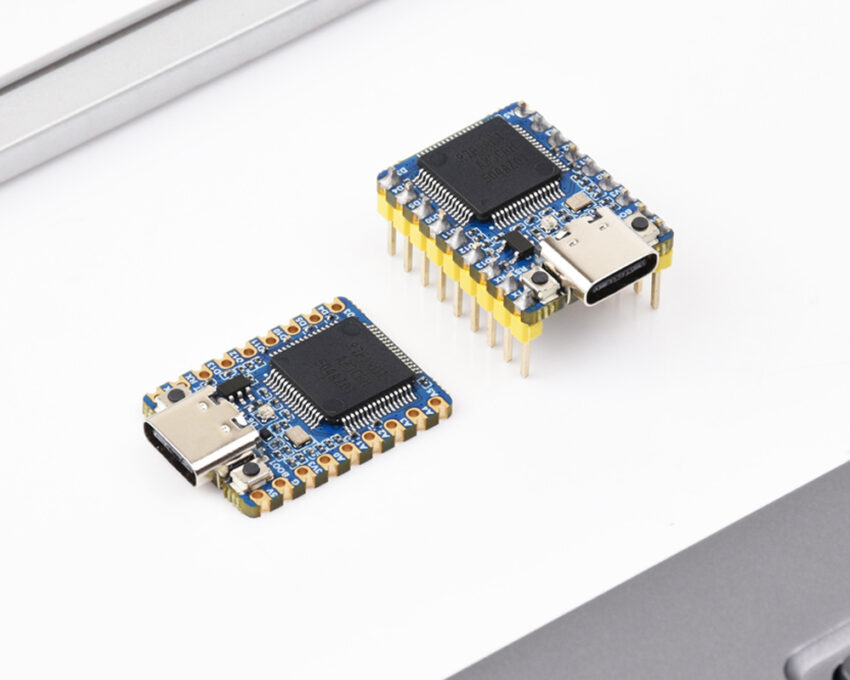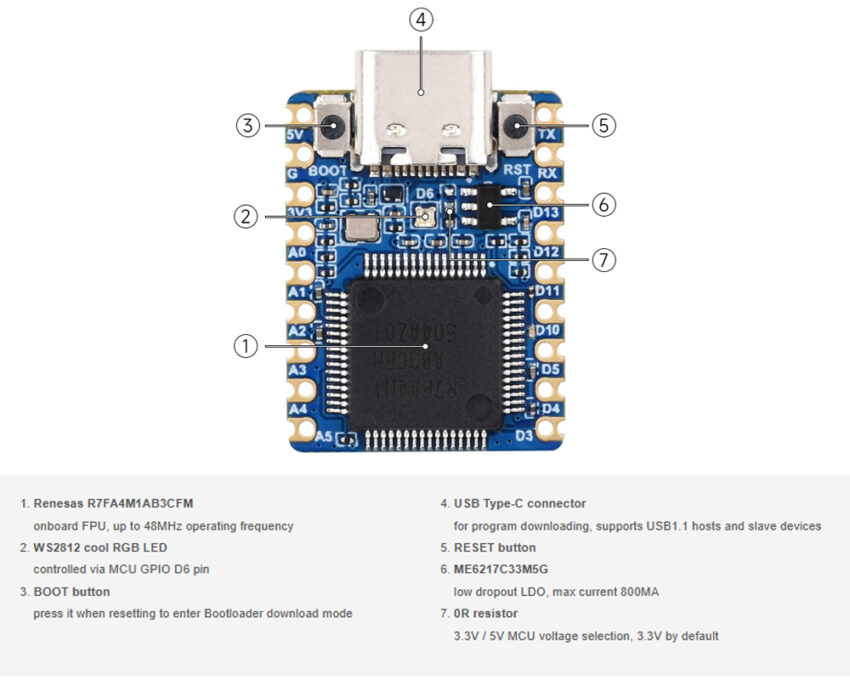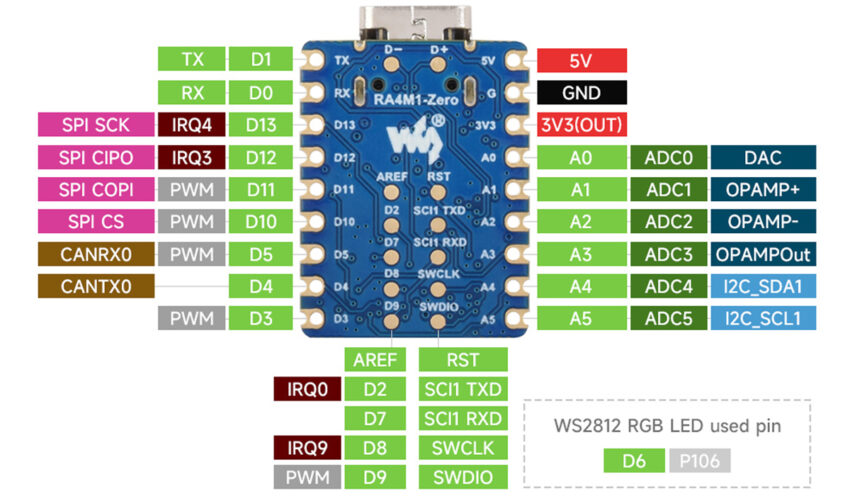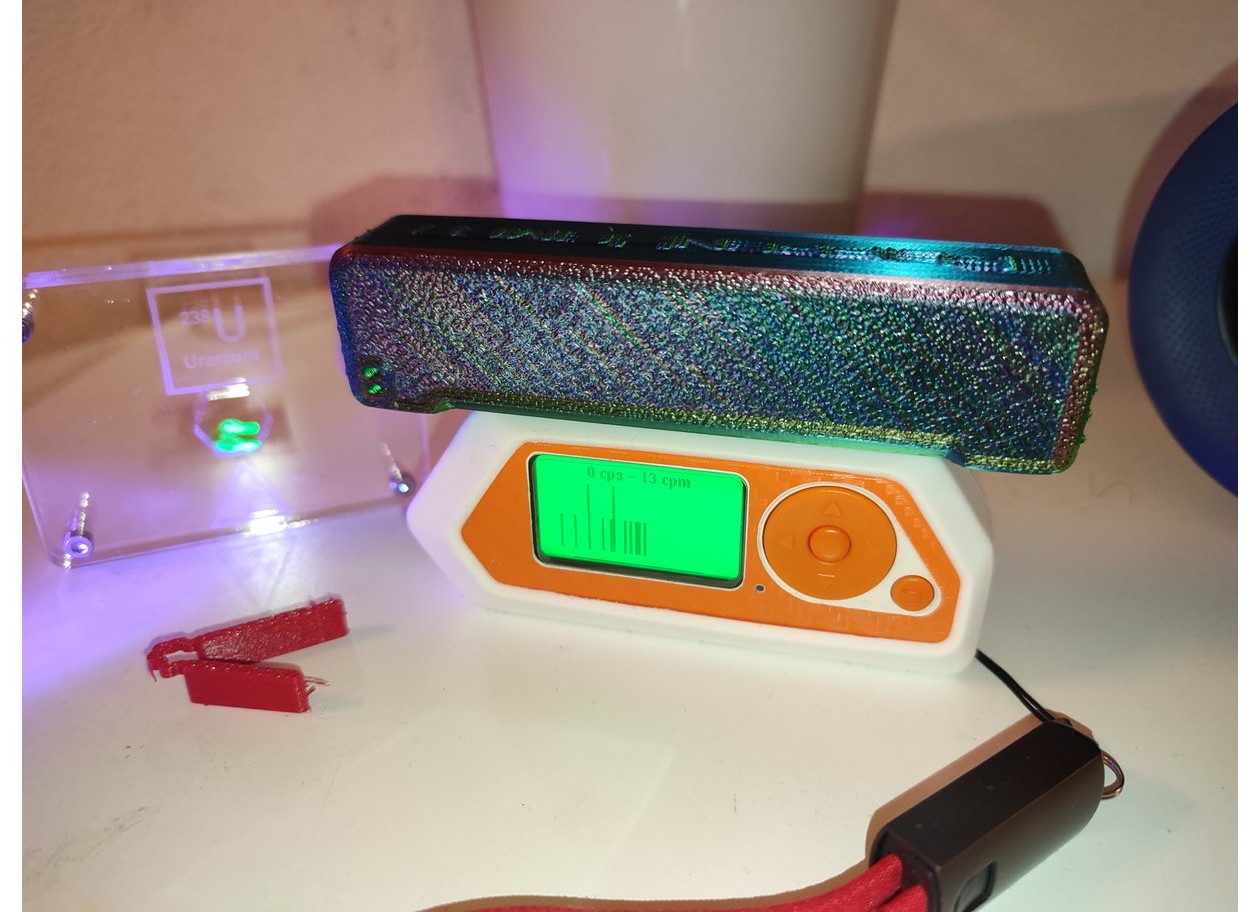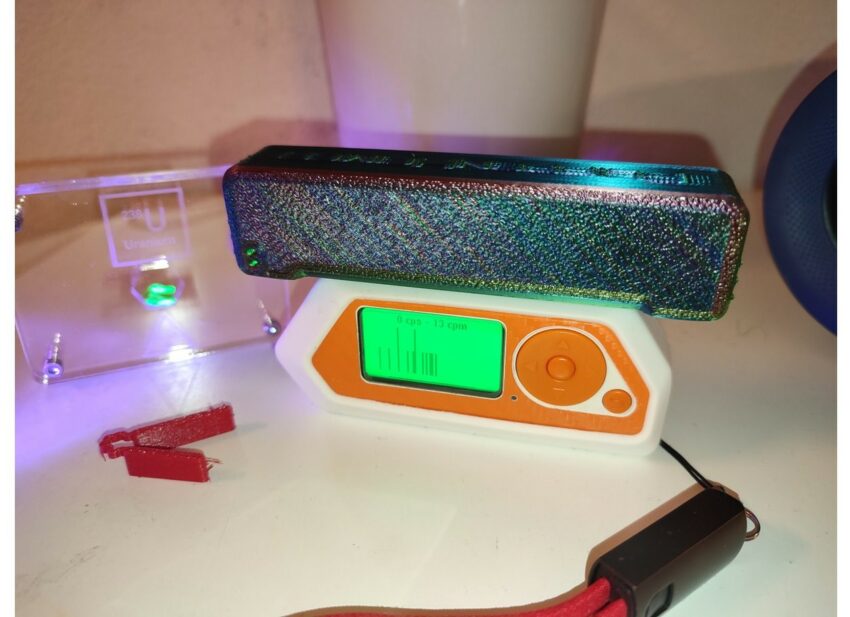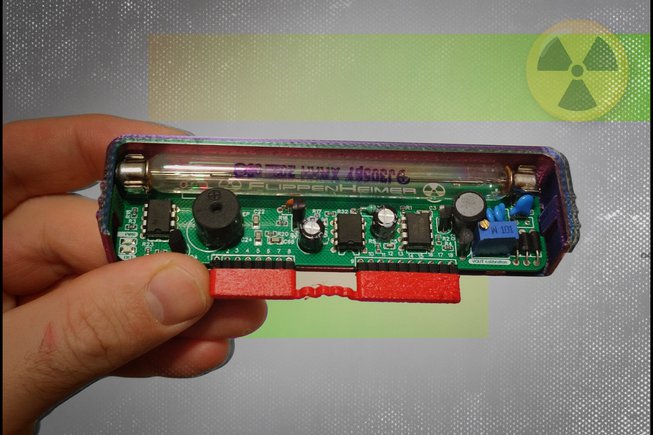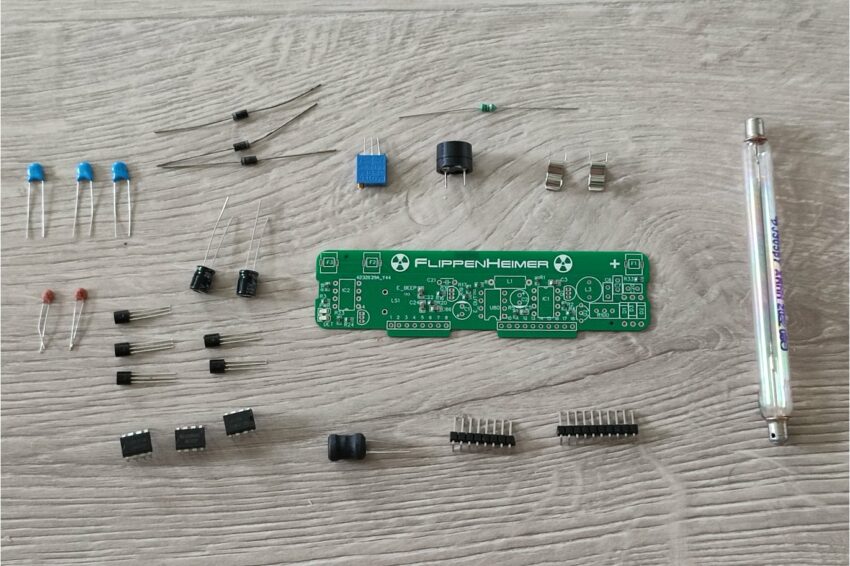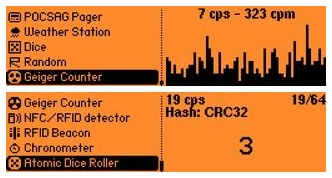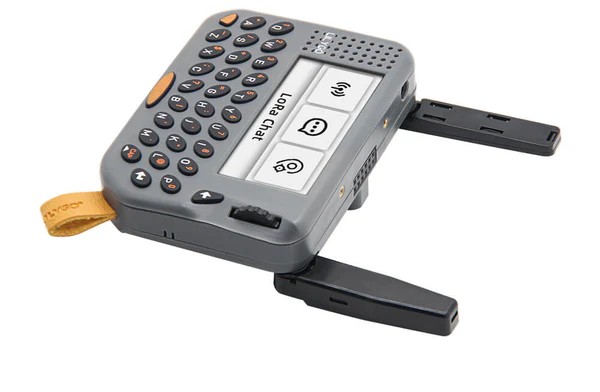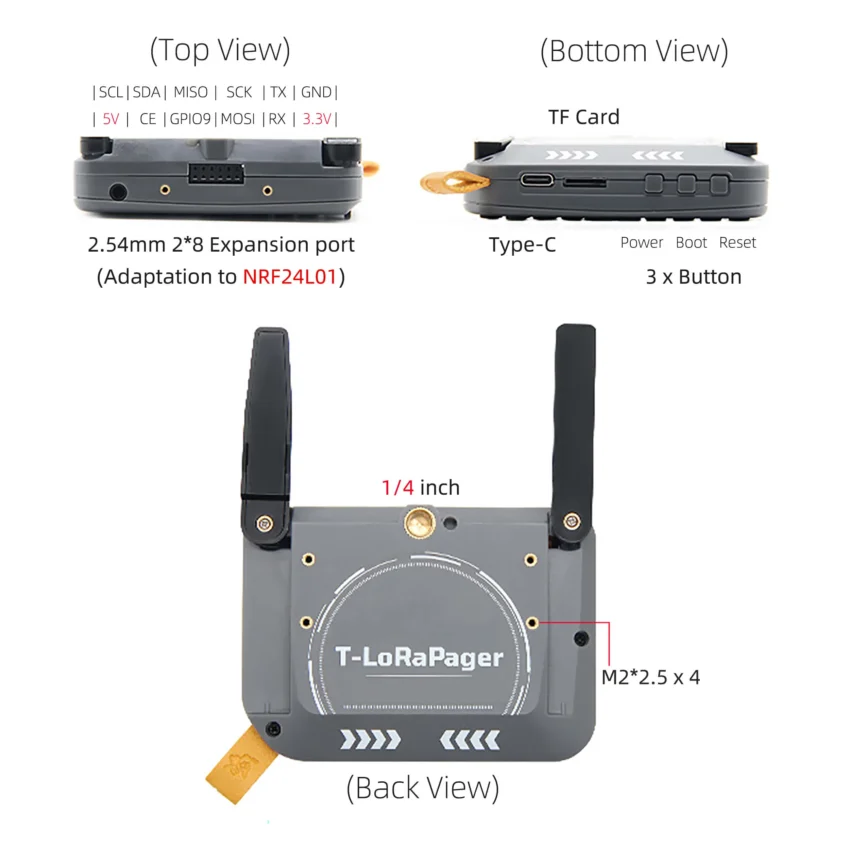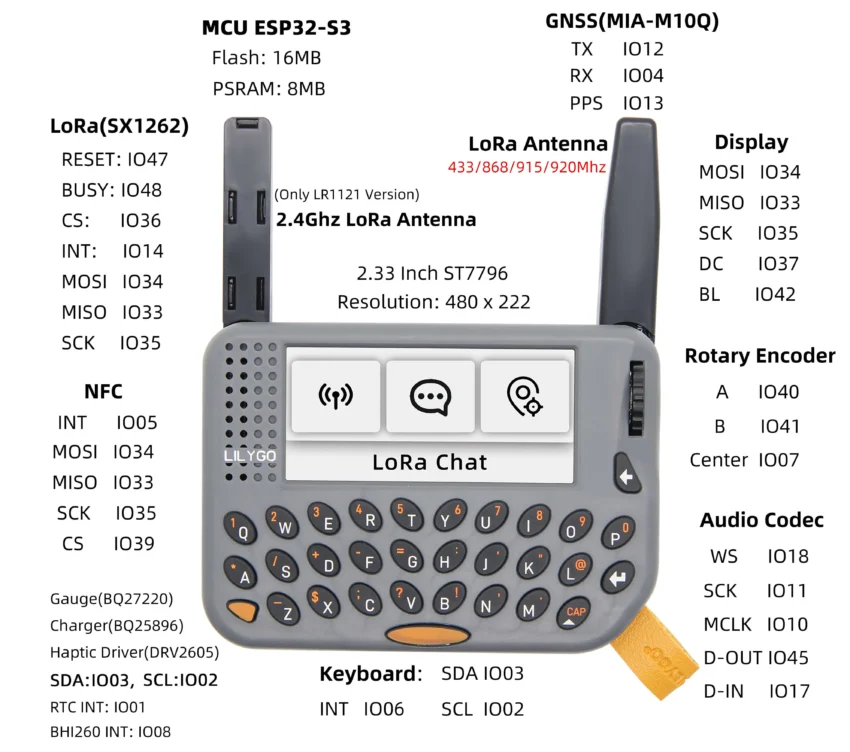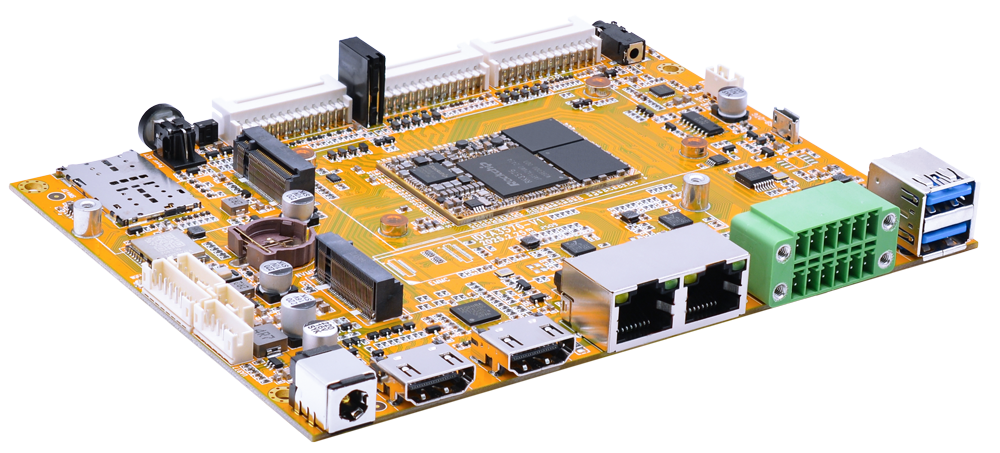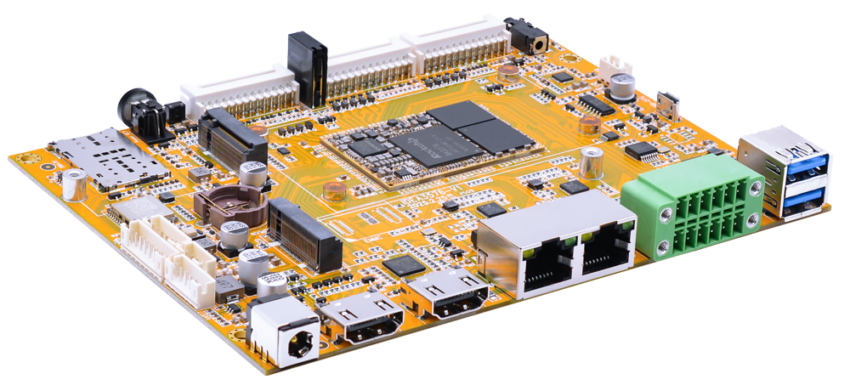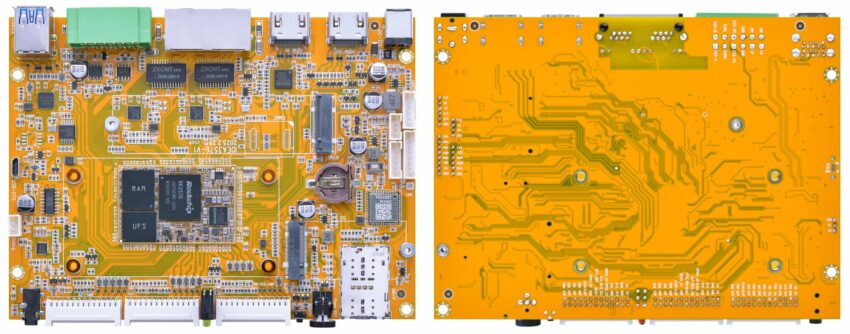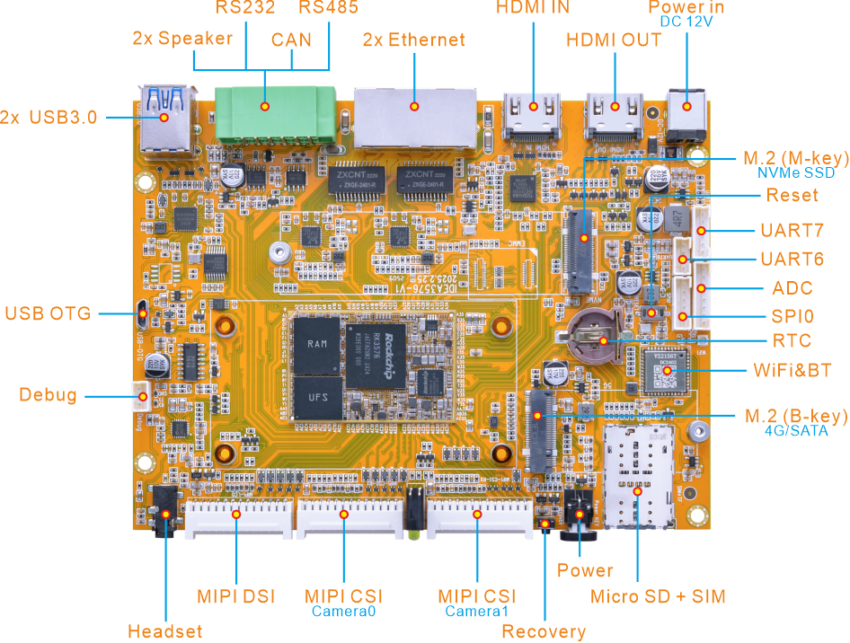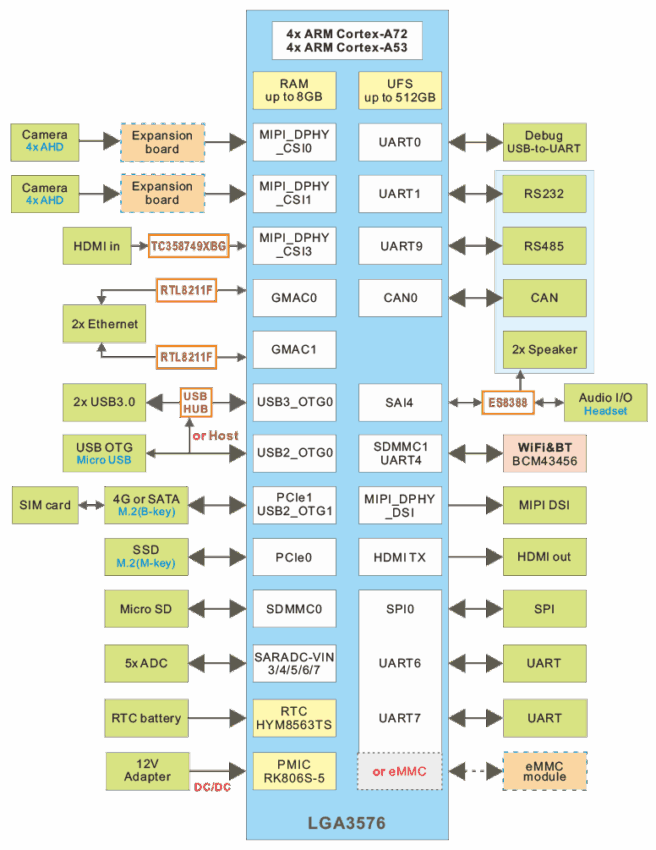Premier embedded computing provider AAEON, has announced the release of the PICO-TWL4, a compact Pico-ITX board powered by Intel® Processor N-series processors (formerly Twin Lake).
The board is available in SKUs featuring both the 6W, quad-core Intel® Processor N150 and the 15W, octa-core Intel® Core™ 3 Processor N355. On its ultra-small 100mm x 72mm PICO-ITX form factor, the PICO-TWL4 leverages the optimized single and multi-thread performance of the newest efficiency-focused Intel processing platform while retaining the robust industrial design that AAEON’s Pico-ITX line is known for.
The board offers up to 16GB of DDR5 memory via SODIMM slot, two LAN ports (2.5GbE and 1GbE), and six USB interfaces, made up of two physical USB 3.2 Gen 2 ports and four USB 2.0 via pin header. For display, the PICO-TWL4 has both LVDS and HDMI, with the board’s LVDS co-layed with eDP, providing greater variety to users based on project requirements.
Key Features:
- Choice of Intel® Processor N150 or Intel® Core™ 3 Processor N355
- DDR5 4800MHz SODIMM x 1, up to 16GB
- HDMI 1.4 x 1, eDP 1.4b/LVDS x 1
- Intel® Ethernet Controller I226, 2.5GbE RJ-45 x 1, Realtek RTL8111H, 1GbE RJ-45 x 1
- Full-size mSATA/mPCIe x 1, M.2 2230 E-Key x 1
- USB 3.2 Gen2[x1] x 2, USB 2.0 x 4
- RS-232/422/485 x 2, RS-232 x 2
- TPM 2.0, SATA 6Gb/s x 1, 4-bit GPIO, SMBus/I2C x 1
Consistent with the product line’s popularity with systems integrators in the industrial automation space, the PICO-TWL4 also offers a wide variety of conducive internal connectors, including four COM port headers (two for RS-232/422/485, two for RS-232), a 4-bit GPIO, and SMBus. It should be noted that the I2C is also available as an alternative to SMBus.
Adequate storage for its intended markets is available in the form of one SATA connector alongside a choice of either a full-size mSATA or mPCIe slot. Additional expansion for the installation of peripherals such as Wi-Fi cards are also present through the board’s M.2 2280 E-Key slot.
While the PICO-TWL4 has a default power input of 12V via a dual-pin phoenix connector, AAEON notes that this can be extended to a 9V to 36V range with the addition of an optional power adapter card. Additionally, an optional lockable DC jack connector is listed, which may be helpful in maintaining the stability of the board’s power supply in industrial applications with high levels of vibration.
The PICO-TWL4 is now in mass production and available for order via the AAEON website’s contact form. For more information and detailed specifications, please visit the PICO-TWL4 product page.


